In order to make better financial decisions for your business, we’ve broken down the main differences between the two types of debit cards (signature and pin) and what fees you’ll be expected to pay and why.
There are different debit card fees that may be unfamiliar to you. Debit card processing fees are influenced by multiple variables such as the type of debit card, the card network, and the issuing bank's size, among others.
The difference between signature debit and PIN
Customers can purchase items using two types of debit cards: a personal identification number (PIN) debit or a signature debit.
Though similar - involving funds being transferred from one account to another, there are notable differences, one of which being how a customer’s identity is verified. Signature debit cards are verified by the customer's signature on their sales receipt, while PIN debit cards require the customer to enter a personal identification number.
Another important difference setting them apart revolves around balance checks and authorization. PIN debit transactions require an authorization, meaning that there must be enough funds in a given account for the transaction to go through. Whereas this isn't the case with a signature debit card, where balance checks are not performed, meaning there’s a chance that you won’t receive your funds if the customer’s account is overdrawn.
Debit card processing fees for signature debit and PIN
Debit cards are connected to debit networks such as Interlink, STAR, Maestro. Since PIN debit cards are categorized as online transactions, merchants will be charged debit network fees. Debit network fees usually include lower percentage fees than interchange fees, but they come with higher fixed per-transaction fees. Therefore, it’s more apt to be less costly for merchants to process for large amounts. But for smaller transactions, it’s preferable to avoid PIN debit transactions.
Signature debit cards on the other hand, function through credit card networks such as Visa, Mastercard, Discover, or American Express. This also means you’ll be charged for credit card interchange fees as well as a makeup fee by your card processor. Interchange fees usually come with a higher percentage fee, but the per-transaction fees are lower. These transactions tend to be less expensive for smaller purchases.
How the Durbin Amendment affects debit card processing fees
The Durbin Amendment was enacted in 2011 as part of the Dodd-Frank Wall Street Reform and Consumer Protection Act after the Great Recession. The Durbin Amendment caps debit card fees for banks with assets of more than $10 billion.
The effect was that it caused the creation of two types of fees: one for regulated card-issuing banks and another for unregulated card-issuing banks. For example, local banks are able to set debit fees at their discretion. However, national banks are limited in the amount they are able to charge.
Understanding merchant account markups
While signature debit and PIN cards come with different debit card processing fees, it’s important to remember that your processor takes a cut. While merchant account markups represent a small portion of your overall cost, the amount will depend on the pricing model you’re using.
- Interchange-Plus and Subscription-based pricing plans: These are the most transparent pricing models available on the market today; you’ll pay the normal interchange or PIN debit network fees. Subscription-based pricing is similar to interchange-plus pricing, where you’re charged a monthly subscription fee, plus an interchange fee of $0.15 per transaction.
- Flat-rate processing: This consists of a set rate that business owners pay each month, no matter what type of card or transaction method is used. Flat rate credit card processing can cost between 2.75% to 3.50% and often charge between $0.20 to $0.30 per transaction — which is on the steep side for debit card transactions.
- Tiered pricing: This refers to a pricing model consisting of three tiers: qualified, mid-qualified and nonqualified, determined by the credit card processor. The qualified tier is the lowest, referring to the lowest rate, whereas mid and nonqualified can refer to mail, rewards or card-not-present transactions and have higher rates. This pricing model can be challenging unless you have a good grasp of how your credit card processor classifies transactions.
Debit card chargebacks
A debit card chargeback occurs when funds are sent back to the merchant from the customer. The bank undertakes the action at the request of the customer, usually costing between $15- $25 per transaction. Keep in mind that chargebacks differ from simply getting a refund. A refund refers to when a customer requests to be refunded for returning a purchase.
Merchant services providers usually charge a $15 retrieval fee to investigate and resolve the chargeback — and it’s unlikely you’ll get the fee refunded.
Depending on your return policy, you may be able to negotiate with your customer to avoid a chargeback.
Learn more about debit card processing fees if you want to give your customers the option to pay with either debit or credit cards, Sekure Payment Experts can help. We’ll set you up with a merchant account, help you choose the equipment to meet your needs, and provide personalized customer service and tech support. We’ll also help you understand the fees involved with debit and credit transactions and offer the lowest rates possible.
To learn more, contact us today.
Categories

